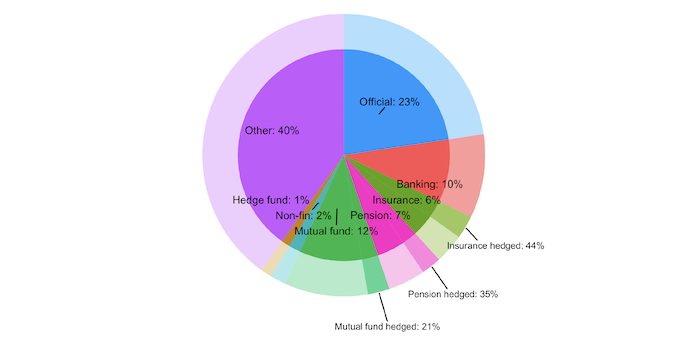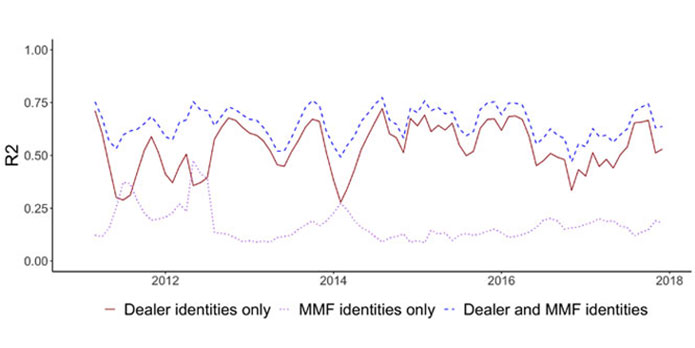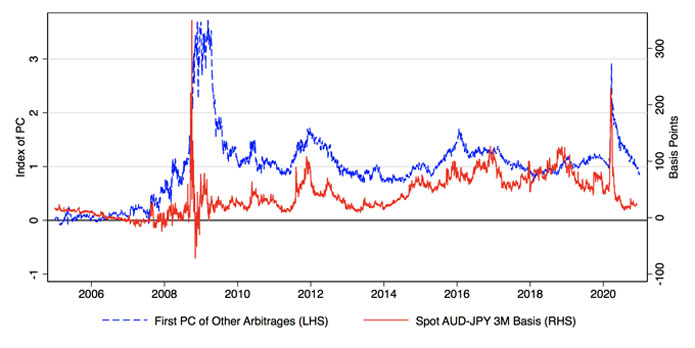
Demand Propagation Through Traded Risk Factors
with Yu An
We develop an arbitrage-free framework to characterize how shocks to one currency reprice others through shared exposure to traded, non-diversifiable risk factors. We empirically identify three traded FX factors that explain 90% of non-diversifiable risks in trading. Factor flows reveal intermediaries risk exposure. Factor price sensitivity shows intermediaries' limited risk-bearing capacity.
- June 2025




